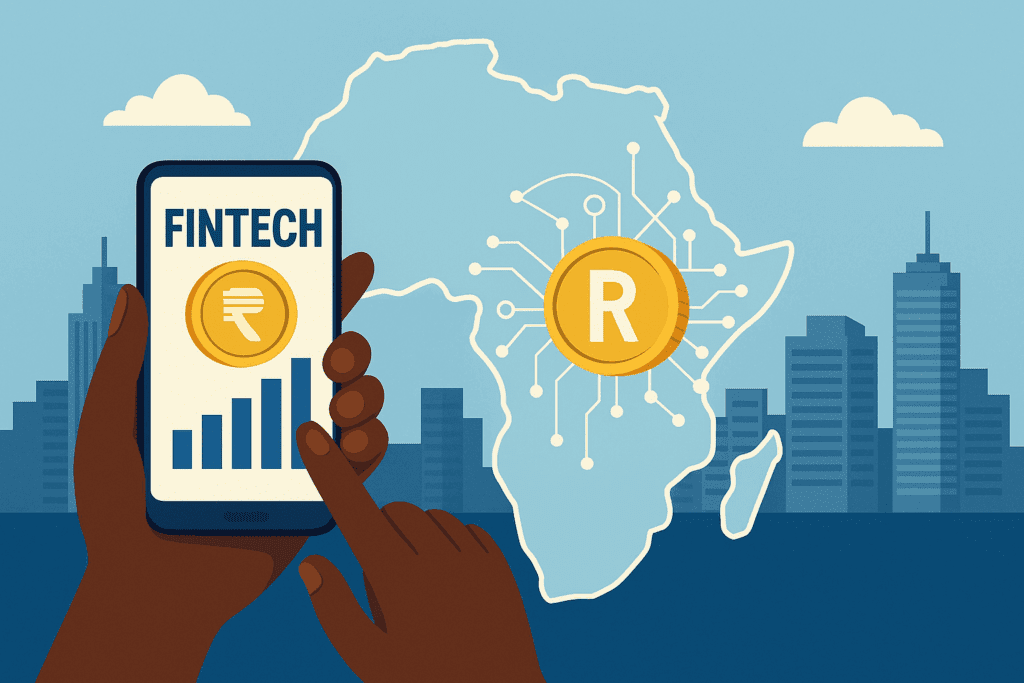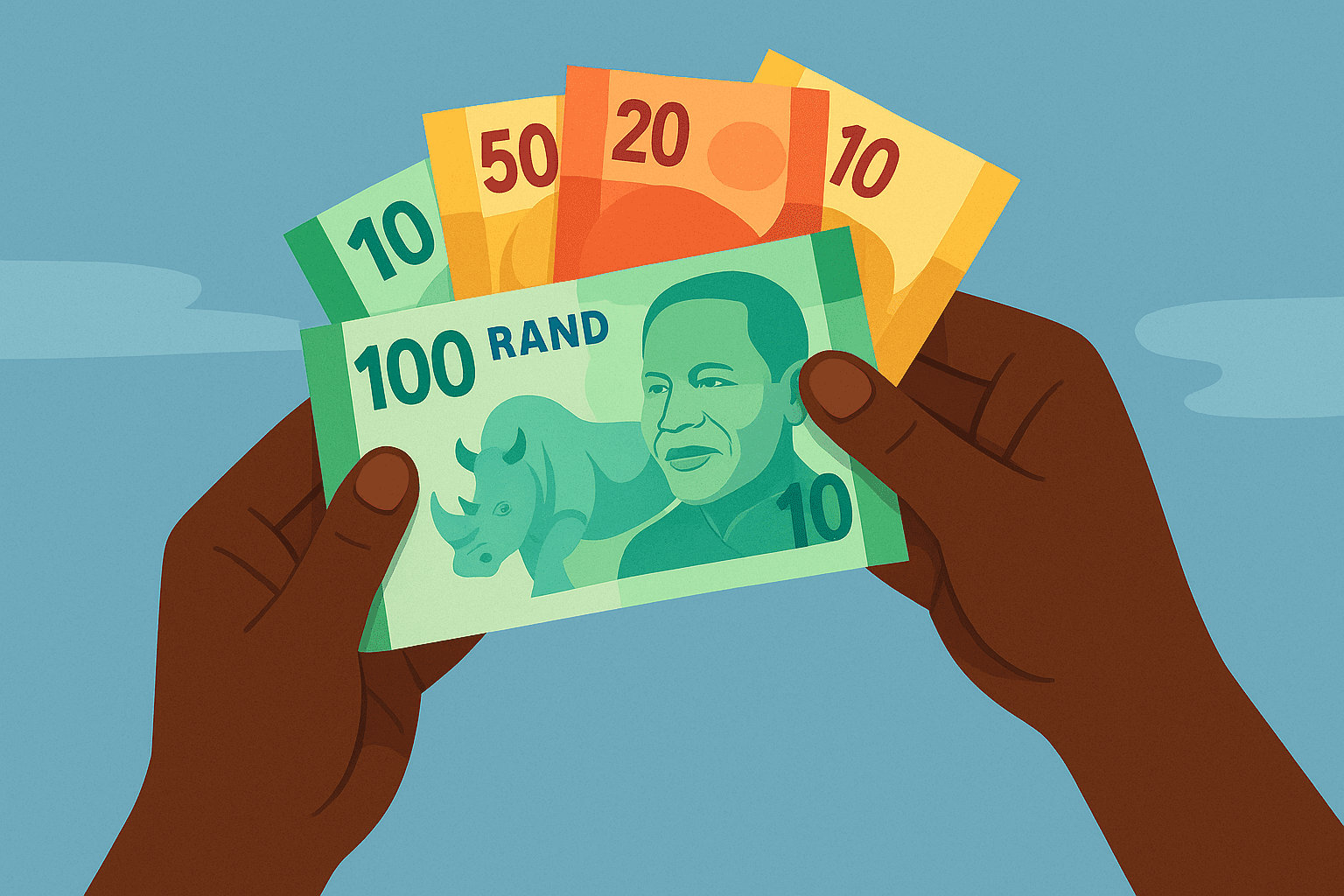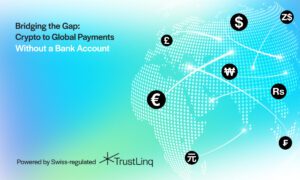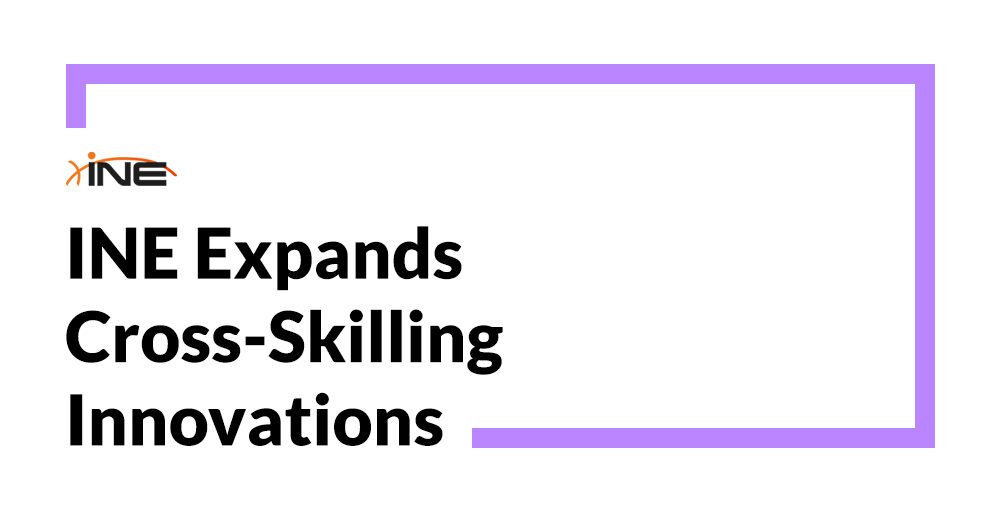Over the past decade, South Africa’s credit economy has undergone a transformation far quieter than cryptocurrency hype or startup funding announcements, yet far more impactful for everyday consumers. Behind the scenes, lending has shifted from lengthy branch queues and paperwork-heavy applications to streamlined mobile-first platforms designed for a new financial reality. For millions of South Africans navigating rising living costs, inconsistent income cycles, and unexpected expenses, access to fair and transparent short-term credit has become not just convenient, but essential.
This evolution didn’t happen by accident. It emerged through intersecting forces, advancing financial technology, stricter regulatory expectations, smarter risk modelling, and a growing public demand for clarity rather than complexity. And now, instead of being treated as passive recipients of financial products, borrowers are becoming informed participants in the digital credit ecosystem.
The New Borrower Mindset
Consumers today are not merely shopping for loans, they’re evaluating trust, transparency, response time, and support. They want clarity long before entering repayment and reassurance that credit won’t evolve into long-term financial strain. Reputation, brand conduct, communication style, and customer reviews now carry more weight than printed brochures ever did.
This shift has forced lenders to rethink how products are built, marketed, approved, priced, and serviced. The industry is moving away from one-size-fits-all lending toward personalized, contextual solutions aligned to real financial behaviour.
Platforms such as FatCat Loans have grown largely because they acknowledge this shift. Instead of focusing solely on approvals, they prioritize user experience, fast onboarding, transparent fee structures, clear repayment scheduling, and communication that treats borrowers with dignity rather than suspicion.

The South African Context: A Financial Balancing Act
Credit demand in South Africa is not theoretical, it’s lived. The country’s unique financial environment shapes borrowing patterns:
- Many workers earn variable or contract-based income
- Households frequently support extended family networks
- Unplanned expenses can destabilize otherwise stable financial routines
- Geographic inequality limits physical financial access
- Financial knowledge remains unevenly distributed
In this setting, personal loans in South Africa serve multiple purposes, bridging temporary shortfalls, preserving dignity in emergencies, enabling transportation, supporting education, and maintaining household stability. But when poorly structured, expensive, or predatory, the same loans can deepen inequality.
This is why ethical lending practices matter now more than ever.
Fintech Is Rewriting the Lending Playbook
Fintech’s impact on lending didn’t emerge from flashy apps, it emerged from solving long-standing pain points. Modern digital lenders are increasingly leveraging:
1) Alternative data modelling
Income consistency, transaction history, mobile payments, utility behaviour, and employment verification offer a fuller picture than traditional bureau scoring alone.
2) Automated affordability testing
Instant bank-statement analysis replaces manual paperwork delays.
3) Mobile-first accessibility
Loan applications can be completed at home, during a commute, or after working hours, removing the time and location barriers of retail banking.
4) Embedded compliance
Regulatory obligations are built into technology, not added afterward.
5) User-centric communication
Loan terms, including total repayment cost, are displayed upfront, no hidden surprises.
These innovations benefit lenders too, reduced operational costs, fewer defaults, clearer risk segmentation, and higher customer retention.
Why Transparency Has Become a Competitive Advantage
South African borrowers have endured decades of opaque credit practices, stacked fees, cryptic wording, shifting repayment terms, unsolicited debit orders, and difficult cancellation pathways. Today, technology and online consumer visibility have removed the shadows that once allowed confusing lending structures to thrive.
Borrowers now publicly call out predatory practices within hours. Social media, customer reviews, comparison platforms, and financial forums amplify real experiences, forcing lenders to choose: evolve or lose trust.
Transparent lenders, by contrast, simplify life:
- One clear repayment amount
- No hidden after-approval costs
- Direct, local support
- Easy-to-read agreements
- Realistic loan limits based on income, not maximum extraction
Consumers increasingly reward these behaviours with loyalty and referrals.
Regulation: The Quiet Force Guiding the Future
South African lending doesn’t operate in a vacuum. The National Credit Act, National Credit Regulator, POPIA, and ongoing fintech oversight continue to recalibrate industry standards. While global markets debate open banking, automated compliance, and real-time credit monitoring, South Africa already has one of the world’s most established responsible lending frameworks.
That doesn’t mean regulation is static, far from it. As AI-driven lending models become more common, regulators are expected to push for:
- Explainable credit decisions
- Fair algorithmic treatment
- Data privacy beyond consent forms
- Enhanced borrower education
- Clear marketing practices
- Stronger affordability protections
Responsible lenders aren’t resisting these developments, they’re welcoming them. Clearer standards make competition fairer and protect both consumers and brands.
Economic Realities Are Reshaping Credit Demand
South Africa’s financial volatility, fuel, electricity, food inflation, employment shifts, has intensified the need for emergency liquidity. Yet borrowers are growing more cautious; they want short-term assistance without long-term consequences. This future belongs to lenders who:
- approve responsibly
- decline when necessary
- educate without lecturing
- prioritize the borrower’s stability over volume
A sustainable lending ecosystem requires it.
What Borrowers Should Look For
TechBullion readers increasingly ask: What makes a lender trustworthy? Key indicators include:
- A clearly visible company identity, not anonymity
- Transparent repayment examples before applying
- No pressure-driven marketing or urgent countdown tactics
- Accessible human support, not only chatbots
- Fair loan amounts relative to income
- Customer education built into the process
- Respectful language, never shame-driven
Borrowers deserve dignity, not desperation.

The Industry Is Maturing
Digital lending in South Africa is shifting from rapid expansion to responsible refinement. Automated processing, digital identity tools, and affordability intelligence are replacing guesswork, making approvals fairer, not just faster.
Expect more collaboration between fintech lenders, regulatory bodies, credit bureaus, banks, and consumer-protection groups. Expect more research into borrower behaviour. Expect improved financial literacy outcomes.
And expect brands built on transparency, like FatCat Loans to shape the standard others are measured against.
The Road Ahead
Borrowing is not disappearing; human life is unpredictable. But the future of lending will be more ethical, data-informed, emotionally intelligent, and user-driven. Instead of credit being perceived as a trap, it can become a stabilizing tool with clear boundaries.
If South Africa continues prioritizing responsible innovation, borrower well-being, and regulatory clarity, digital lending may become one of its strongest financial success stories, quiet, practical, and deeply human.



































